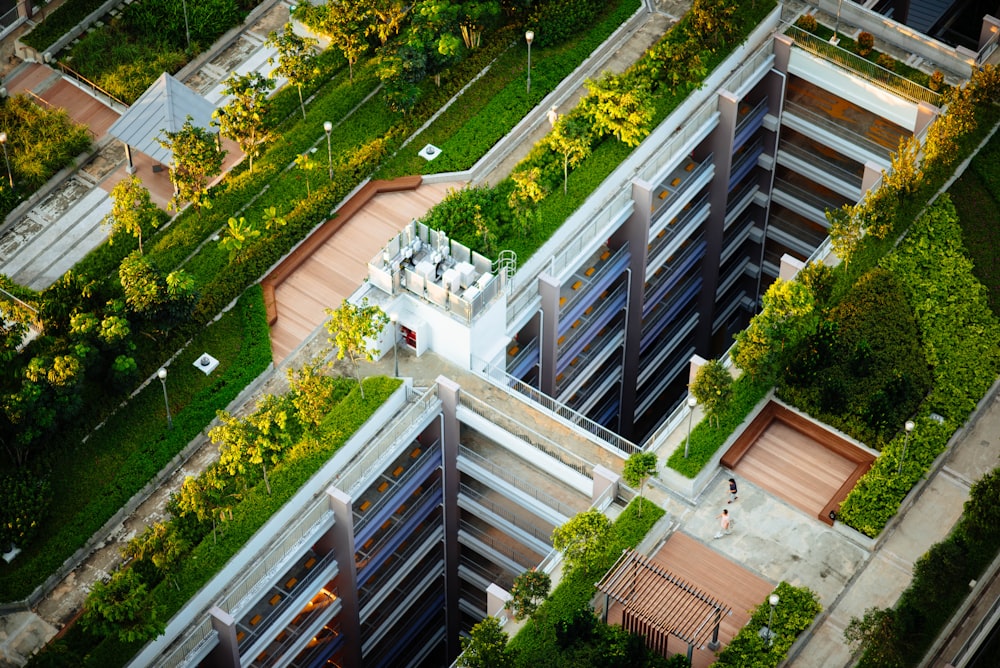Sustainable Construction Revolution: Foam’s Role in Green Building Initiatives
Have you ever wondered if foam could be the game changer in the sustainable construction revolution? It’s a surprising concept, but it’s not without some intriguing evidence.
Foam, especially in forms like spray polyurethane foam (SPF), has unique properties that might make it a key player in green building initiatives. It’s lightweight, reduces energy consumption, and minimizes waste. But, as with any potential solution, it’s not without its controversies and questions.
Curious about how this everyday material could reshape our future buildings? There’s quite a bit to explore.
Understanding Sustainable Construction
To fully appreciate foam’s role in sustainable construction, you must first understand the fundamental principles of this eco-friendly building approach.
Sustainable construction isn’t just about using greener materials. It’s about an integrated, holistic approach that considers the entire lifecycle of a building, from design and construction to operation and eventual deconstruction. It’s about minimizing the environmental impact while maximizing the building’s efficiency.
You need to understand that sustainable construction encompasses three main principles: energy efficiency, resource conservation, and a healthy environment. It involves:
- Building spaces that consume less energy by optimizing the use of natural light and ventilation and by incorporating renewable energy sources.
- Using materials that are sustainable, recyclable, or sourced from renewable resources.
- Creating healthy indoor environments with good air quality by using materials that don’t off-gas harmful chemicals.
Now, where does foam fit into all this? Foam can contribute to all three principles of sustainable construction. Advanced solutions like the Rohacell foam are versatile, efficient, and non-water-polluting.
But to understand exactly how foam contributes, you’ll need to delve deeper into its environmental impact, which is the next topic.
Foam’s Environmental Impact
Foam is often hailed as a green product. It’s energy-efficient, reducing heat loss in buildings and decreasing your construction project’s carbon footprint.
However, it’s important to look at the full picture. Production of foam involves the use of hydrofluorocarbons (HFCs), potent greenhouse gases with a global warming potential thousands of times greater than carbon dioxide. Although the quantity of HFCs used is small, their impact is significant.
Additionally, foam materials, particularly those used in insulation, aren’t easily recyclable. They’re typically destined for landfills at the end of their lifecycle, contributing to the growing waste management issue.
However, let’s not overlook that foam’s longevity and durability mean a significantly reduced need for replacements, which in turn minimizes resource consumption and waste generation.
Foam in Green Building Applications
You may wonder how this material contributes to sustainability. Here’s the kicker: foam insulation is incredibly effective at reducing heat transfer, meaning it helps maintain indoor temperatures and reduces the need for energy-intensive heating and cooling systems.
Moreover, the durability of foam adds to its green credentials. It’s resistant to water damage, rot, and pests, extending the lifecycle of a building and reducing the need for costly, resource-intensive repairs or replacements.
But it’s not just about insulation and longevity. Foam also has a role in creating more sustainable designs.
For instance, insulating concrete forms (ICFs) made from foam are used to construct energy-efficient walls. These foam forms are filled with concrete, creating a robust structure that provides excellent thermal insulation.
Future of Foam in Sustainable Construction
Looking ahead, it’s clear that foam’s role in sustainable construction is set to evolve and expand. As a key player in green building, foam has the potential to help tackle some of the most pressing environmental challenges of our time.
You’ll likely see the following trends in the future of foam in sustainable construction:
- Improved energy efficiency: Foam insulation products are becoming more advanced, helping to reduce energy consumption in buildings.
- Innovative foam types: New types of foam, such as bio-based and recycled foams, are being developed to further enhance sustainability.
- Greater fire safety: Advances in technology are allowing for the creation of foam materials with better fire-resistant properties.
- Increased use in offsite construction: Foam’s lightweight and easy-to-handle nature makes it ideal for offsite construction, a practice that’s gaining traction for its efficiency and waste reduction benefits.
Conclusion
You’ve seen how foam is revolutionizing sustainable construction. Despite its environmental impact, it’s a key player in green building initiatives, offering superior insulation and versatility.
The future of foam in sustainable construction is even brighter as new eco-friendly versions emerge. It’s clear now that embracing foam’s potential can significantly contribute to our sustainable construction revolution.
Keep an eye on this space – foam might just shape the future of our green buildings!
